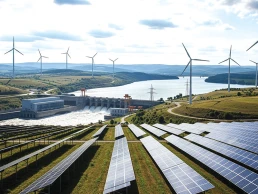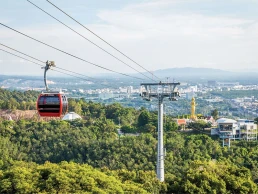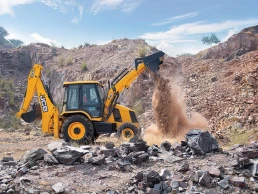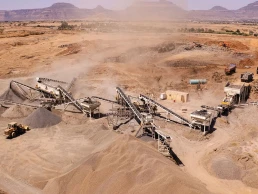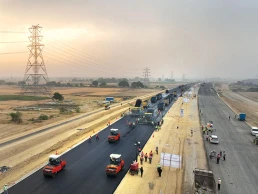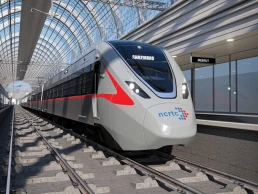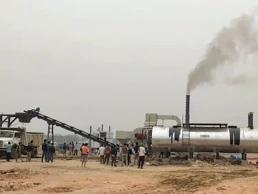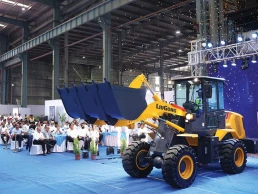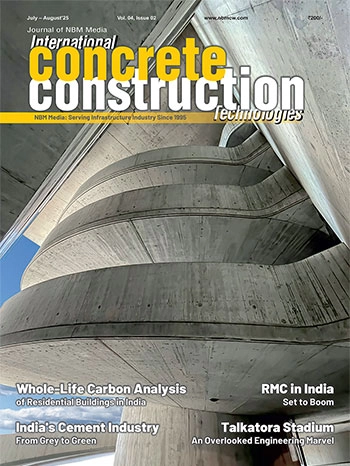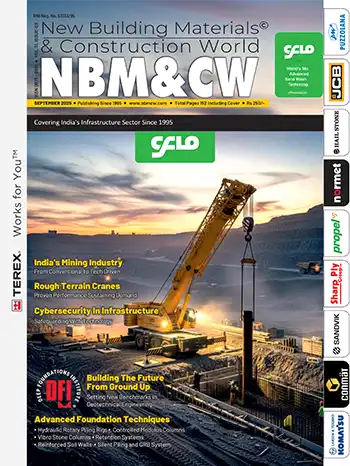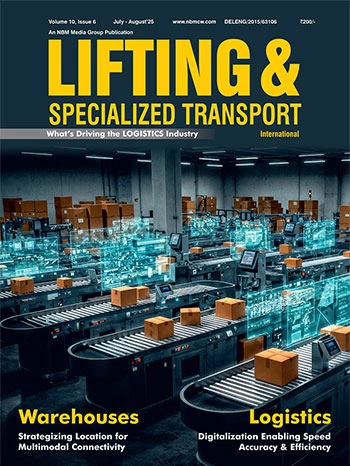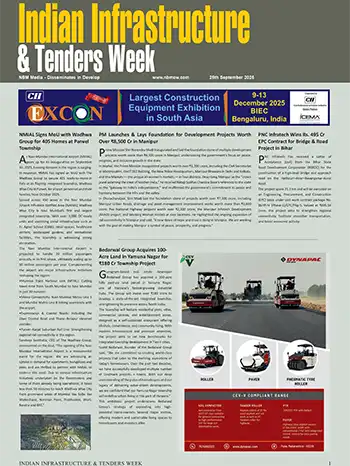India’s USBRL Rail Project Completed: World's Highest Railway Bridge Boosts J&K Connectivity
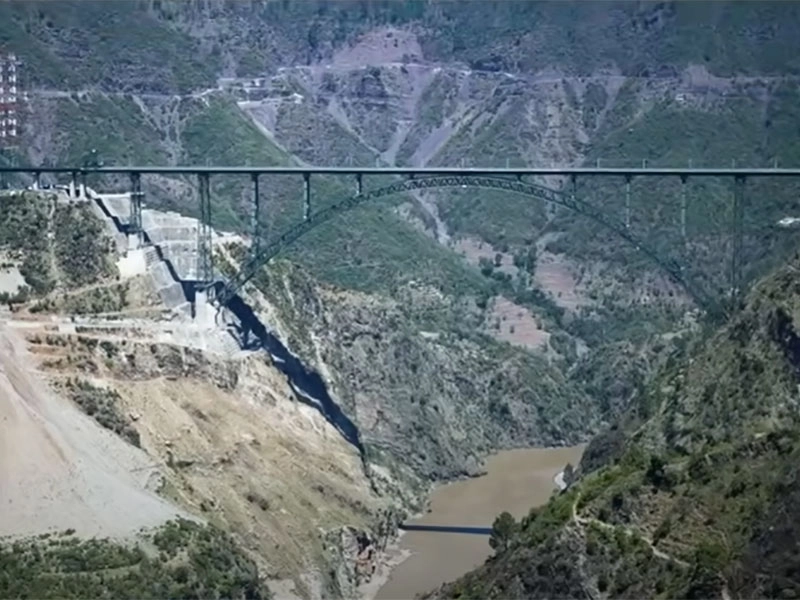
The Udhampur-Srinagar-Baramulla Rail Link (USBRL), a 272-km railway mega project in Jammu and Kashmir, has been fully commissioned. Covering eight districts, Udhampur, Reasi, Ramban, Srinagar, Anantnag, Pulwama, Budgam, and Baramulla—the USBRL is one of India’s most challenging infrastructure projects post-independence.
Built through the geologically complex young Himalayas, the project features the world’s highest railway bridge over the Chenab River in Reasi. The iconic bridge stands 359 m above the riverbed, with a 467 m arch span and total length of 1,315 m. Additionally, India’s first cable-stayed railway bridge over Anji Khad was constructed, with a deck height of 331 m and a 193 m tall pylon.
The USBRL has generated over 5 crore man-days of employment and facilitated regional development through construction of 215 km of approach roads, including a tunnel and 320 small bridges, enhancing local connectivity and socio-economic progress.
Adhering to global safety standards, all tunnels over 2 km are equipped with mechanical ventilation and fire safety systems. Escape tunnels totaling 66 km have been built for tunnels longer than 3 km to ensure passenger safety.
Environmental and geological concerns were meticulously addressed. The Indian Institute of Science (IISc) Bangalore and IIT Delhi, along with global experts, designed and validated slope stabilization, especially for the Chenab and Anji bridges. Environmental Impact Assessments (EIA) were carried out by NEERI, with mitigation measures implemented under the Environmental Management Plan (EMP), including sedimentation tanks, reverse pumping for water restoration, and erosion control.
The entire USBRL route is electrified via overhead conductors, significantly reducing carbon emissions compared to diesel traction. Sensors installed in tunnels will monitor air quality during operations. Controlled blasting techniques were used to reduce vibrations and protect the Himalayan ecology.
To restore biodiversity, native species are being planted at muck dumping sites, following NEERI’s eco-restoration guidelines. The project is expected to significantly boost tourism by providing safe, all-weather rail connectivity to the Kashmir Valley.
Land acquisition was completed under the Jammu & Kashmir State Land Acquisition Act, 1990, involving 1,559.48 hectares of private land and 276.71 hectares of government land. Compensation totaling ₹816.21 crore has been deposited with the concerned authorities, and a legal mechanism exists for pending claims.
With USBRL now operational, it not only strengthens national integration but also opens new opportunities for growth, connectivity, and sustainable development in Jammu and Kashmir.

































